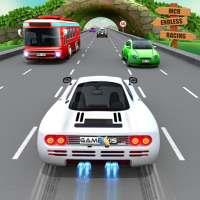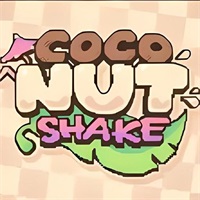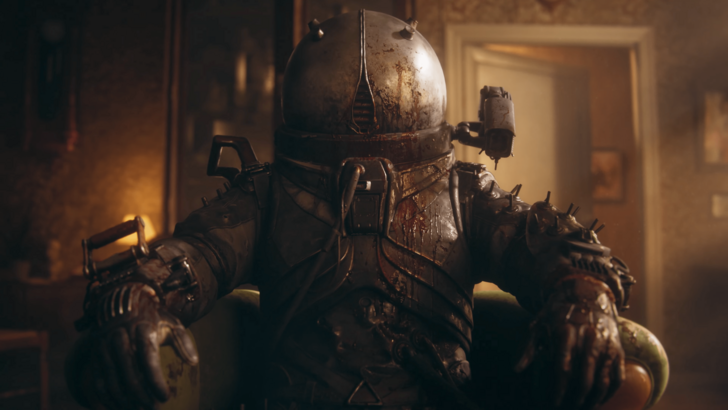Hideo Kojima's dedication to video game artistry is undeniable, yet a persistent question lingers throughout his career: "Why doesn't he just direct films?" This perception likely stems from his signature style—games rich with cinematics at Konami and Kojima Productions, where sprawling narratives often unfold through meticulously crafted cutscenes rather than emergent gameplay. But is this characterization accurate? And does it even matter?
After analyzing playthrough data, I've calculated the percentage of cutscenes in each mainline Metal Gear Solid title and both Death Stranding games. Some findings align with expectations, while others might surprise you.
Breaking down the cinematic ratios in Kojima's games
Using HowLongToBeat's average completion times, I compared total cutscene durations against gameplay hours to determine their proportional weight. Here's what the numbers show:
Metal Gear Solid: 20.29% (11h30m playthrough, 2h20m cutscenes)
Metal Gear Solid 2: 23.21% (13h playthrough, 3h1m cutscenes)
Metal Gear Solid 3: 26.35% (16h playthrough, 4h13m cutscenes)
Metal Gear Solid 4: 40.63% (18h30m playthrough, 7h31m cutscenes)
Metal Gear Solid 5: 8.13% (45h30m playthrough, 3h42m cutscenes)
Death Stranding: 15.75% (40h30m playthrough, 6h22m cutscenes)
Death Stranding 2: 15.97% (37h40m playthrough*, 6h1m cutscenes)
*Note: Only scripted cinematics are counted—interactive conversations like Codec calls are excluded.
*Playthrough estimate based on IGN editorial team data.
Kojima's evolving narrative approach
The original Metal Gear Solid trilogy maintains remarkably consistent ratios, with cutscenes occupying 20-26% of gameplay time—a gradual upward trend that peaks dramatically with MGS4's 40% cinematic content. This installment famously concludes with a 71-minute finale—longer than some feature films.
MGS5 represents a stark contrast, with cutscenes comprising just 8% of its sprawling open-world experience. While praised for revolutionary stealth mechanics, its fragmented narrative feels incomplete compared to prior entries.
The Death Stranding duology strikes a middle ground—their cutscene percentages resemble the original MGS, yet their total runtime approaches MGS5's scale, creating stories that feel substantial without overwhelming gameplay.
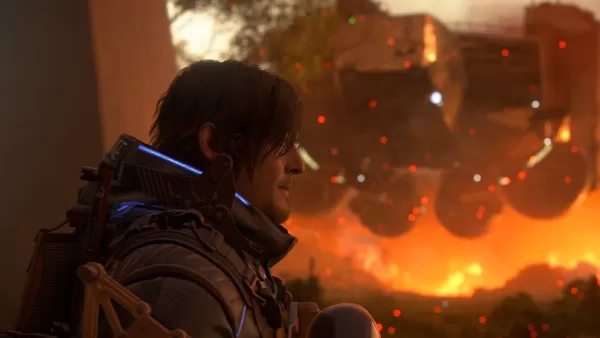
The art of cinematic gameplay balance
Early Metal Gear titles used cutscenes effectively—their 20-25% ratios never compromised gameplay innovations that redefined stealth mechanics. MGS4, however, prioritized wrapping up decades of narrative threads, resulting in lengthy passive segments between gameplay bursts.
MGS5's radical shift to open-world design inadvertently diluted its storytelling. Unlike contemporaries that wove narrative into exploration, it maintained strict separation between gameplay and story delivery.

Death Stranding returns to Kojima's roots—story unfolds primarily through hologram communications and cutscenes, yet the desolate trekking gameplay reinforces the narrative's themes of isolation and connection.
Kojima's industry influence and legacy
How do Kojima's ratios compare to other narrative-driven games? The Last of Us Part 2 (15.55%) and GTA V (12.5%) feature similarly modest cutscene percentages, yet their constantly chatting characters create denser narrative textures. Kojima's protagonists—whether Snake or Sam Porter Bridges—thrive in solitude, their silent journeys interrupted by cinematic punctuation rather than constant dialogue.
The "should Kojima make movies?" debate misses the point. His genius lies in blending interactivity with cinema to create experiences no other medium can replicate. While earlier experiments like MGS4 may have overindulged, Death Stranding 2 demonstrates his mastery of balanced storytelling—proof that after three decades, Kojima's approach continues evolving while remaining unmistakably his own.
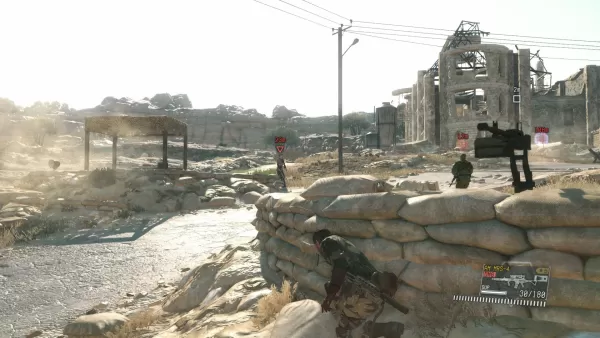
 Home
Home  Navigation
Navigation






 Latest Articles
Latest Articles










 Latest Games
Latest Games





